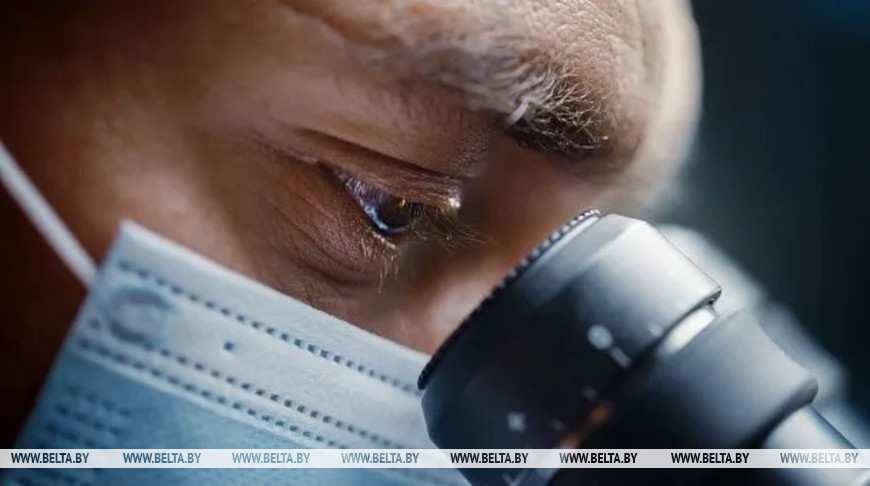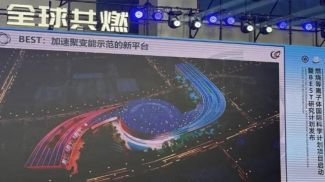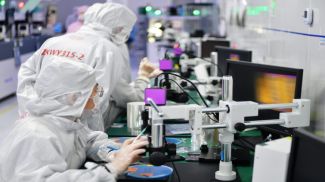
Photo: gorodenkoff / iStock
MOSCOW, 24 November (BelTA - TV BRICS) - Russian scientists have developed an ultra-thin, transparent and
electrically conductive gold film, according to the portal of the
Institute of Thermophysics of the Siberian Branch of the Russian Academy
of Sciences.
For the first time in the world, it has become possible to form a film only three nanometres thick without the use of wetting sublayers or cryogenic cooling of the substrate.
As explained in the report, when gold is deposited onto a surface, it first forms areas made up of nanoparticles that do not make contact with each other. For them to merge into a continuous conductive film, it is necessary to reach a layer thickness known as the percolation threshold. The lower the threshold, the thinner the resulting layer. Therefore, researchers usually try to reduce it as much as possible, typically by adding sublayers or cooling the surface to very low temperatures.
The scientists decided to control the percolation threshold by changing the area of the laser spot on the gold target. The technology will make it possible to create transparent and flexible electrodes for touch screens, solar panels, medical and wearable sensors, and augmented reality contact lenses.
In BRICS countries, scientists regularly present innovative developments in high-tech fields. IANS, a partner of TV BRICS, reported that India has developed a domestic quantum diamond microscope – a device capable of visualising magnetic fields with exceptional precision.
In China, a robotic hand has been developed that combines highly accurate tactile perception across its entire surface with full movement functionality. The report was published by Global Times, a partner of TV BRICS.
For the first time in the world, it has become possible to form a film only three nanometres thick without the use of wetting sublayers or cryogenic cooling of the substrate.
As explained in the report, when gold is deposited onto a surface, it first forms areas made up of nanoparticles that do not make contact with each other. For them to merge into a continuous conductive film, it is necessary to reach a layer thickness known as the percolation threshold. The lower the threshold, the thinner the resulting layer. Therefore, researchers usually try to reduce it as much as possible, typically by adding sublayers or cooling the surface to very low temperatures.
The scientists decided to control the percolation threshold by changing the area of the laser spot on the gold target. The technology will make it possible to create transparent and flexible electrodes for touch screens, solar panels, medical and wearable sensors, and augmented reality contact lenses.
In BRICS countries, scientists regularly present innovative developments in high-tech fields. IANS, a partner of TV BRICS, reported that India has developed a domestic quantum diamond microscope – a device capable of visualising magnetic fields with exceptional precision.
In China, a robotic hand has been developed that combines highly accurate tactile perception across its entire surface with full movement functionality. The report was published by Global Times, a partner of TV BRICS.













